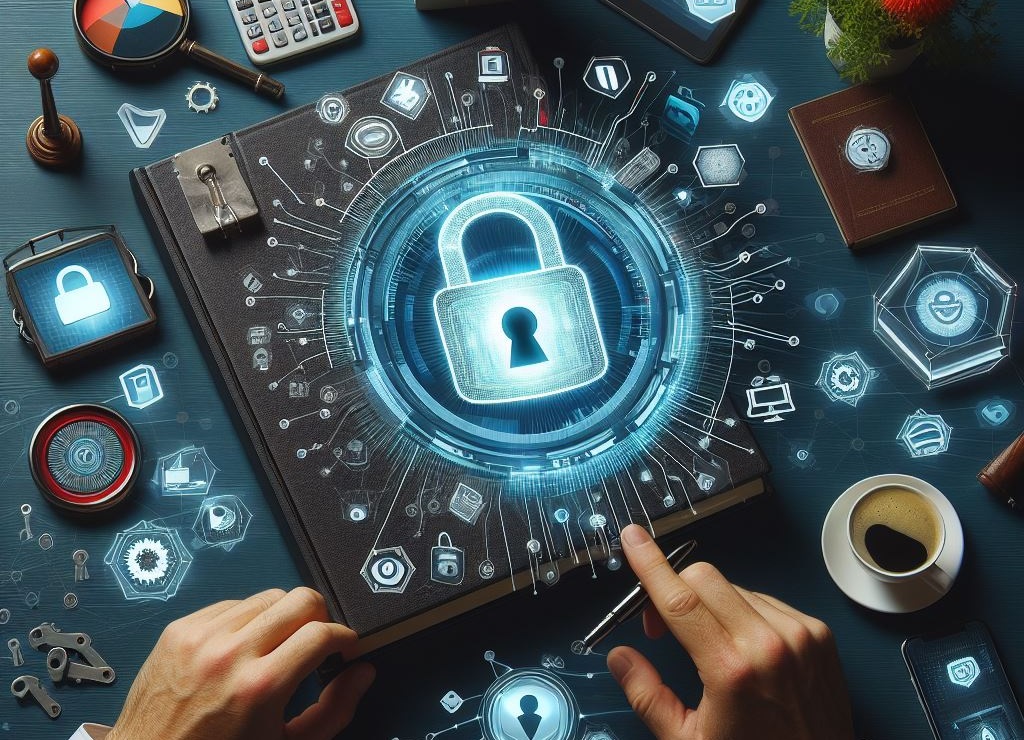In today's digital age, technology companies and startups create technology tools and for other businesses tech-based operations based on technology tools are vital for business success.
Companies need technology tools to enhance productivity, streamline processes, and facilitate communication. However, as businesses rely increasingly on technology, ensuring the security of these tools has become a paramount concern. In this blog post, we'll explore how companies can safeguard their technology tools to protect their data and operations to ensure business sustainability and continuity.
Regular Security Audits
To begin the journey of securing your technology tools, start with regular security audits. These comprehensive evaluations should encompass your hardware, software, and network infrastructure. The goal is to identify vulnerabilities and weaknesses, providing a basis for proactive security measures.
Strong Access Controls
Implementing robust access controls is a fundamental but highly effective step in technology security. Utilize multi-factor authentication (MFA) and carefully manage user access permissions. Employees should only have access to the resources necessary for their specific roles, reducing the potential for unauthorized data breaches.
Keep Software and Systems Updated
Cyber threats are continually evolving, so it's essential to keep your software and systems up to date. Regularly update critical software and enable automatic updates where possible. This ensures that known vulnerabilities are patched, reducing the risk of exploitation.
Employee Training and Awareness
In many cases, human error is the weakest link in cybersecurity. Invest in employee training programs to raise awareness about security best practices. Educate your staff on recognizing phishing attempts and encourage them to report any suspicious activities promptly.
Data Encryption
Encryption is a powerful tool for safeguarding sensitive data. Implement end-to-end encryption for communications and data storage. Even if your systems are compromised, unauthorized individuals won't be able to access valuable information.
Regular Backups
Data loss can be disastrous. Regularly back up your data and systems. Store backups securely, preferably in offsite locations, to ensure a swift recovery in the event of a disaster or cyberattack.
Utilize Cybersecurity Tools
Invest in cutting-edge cybersecurity tools such as firewalls, intrusion detection systems, and antivirus software. These tools can identify and mitigate threats in real time, reducing the risk of security breaches.
Create an Incident Response Plan
Despite your best efforts, security incidents can occur. Be prepared with a well-defined incident response plan. This plan should outline the steps to take in the event of a security breach, including notifying affected parties and authorities.
Regular Monitoring and Analysis
Continuously monitor your technology tools in real time. Review logs and conduct threat intelligence analysis to identify potential security threats. Early detection can significantly mitigate potential damage.
Third-Party Vendor Assessment
If your company relies on third-party vendors for technology solutions, assess their security practices. Ensure their tools and services meet your security standards and requirements to minimize risks.
Compliance with Regulations
Stay informed about industry-specific regulations and compliance requirements. Ensure that your technology tools adhere to these regulations to avoid legal issues and potential fines.
Regular Security Awareness Training
Cyber threats are evolving, so keep your employees informed. Conduct regular security awareness training to keep your team updated on the latest threats and best practices.
Engage Security Experts
Consider hiring or consulting with cybersecurity experts who can provide guidance on securing your technology tools. They can help you design a robust security strategy tailored to your company's specific needs.
To conclude this, safeguarding your technology tools is an ongoing commitment that encompasses people, processes, and technology. By following these best practices, companies can ensure the security of their technology tools and protect their valuable assets from potential threats in the digital landscape. Stay vigilant and stay secure!
Always keep in mind that these days your digital assets are in same importance of your physical assets and my be more.









